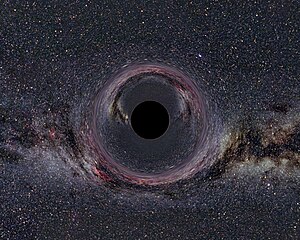
Photography is all about light; it’s right there in the name: photo (“light”) + graph (“means of recording”). So how do you shoot in the gloom between the golden hours? Well, you have a few options. You can pop in a flashbulb. You can try your hand at painting with light – that is, fiddling with f-stops and shutter speeds to let more light in over a longer period. Unfortunately, flashbulbs tend to wash out photos, and setting up longer exposures tends to limit your photographic freedom.
Night-vision cameras and attachments get around these problems, either by amplifying existing light or working with a different kind of ambient “light” – aka infrared radiation, either from body heat (thermal IR) or from an active IR illuminator attached to the camera. Today, infrared and ultraviolet cameras also make useful tools for inspections and field work. But how do they work, and what is their history?



